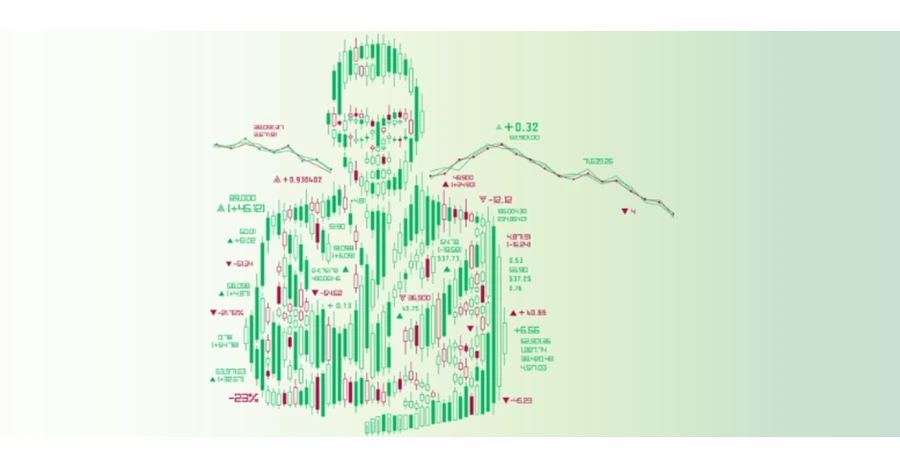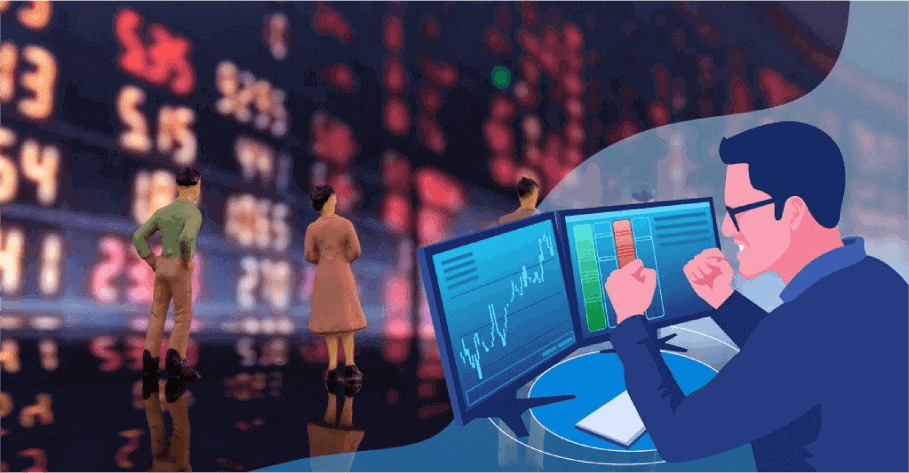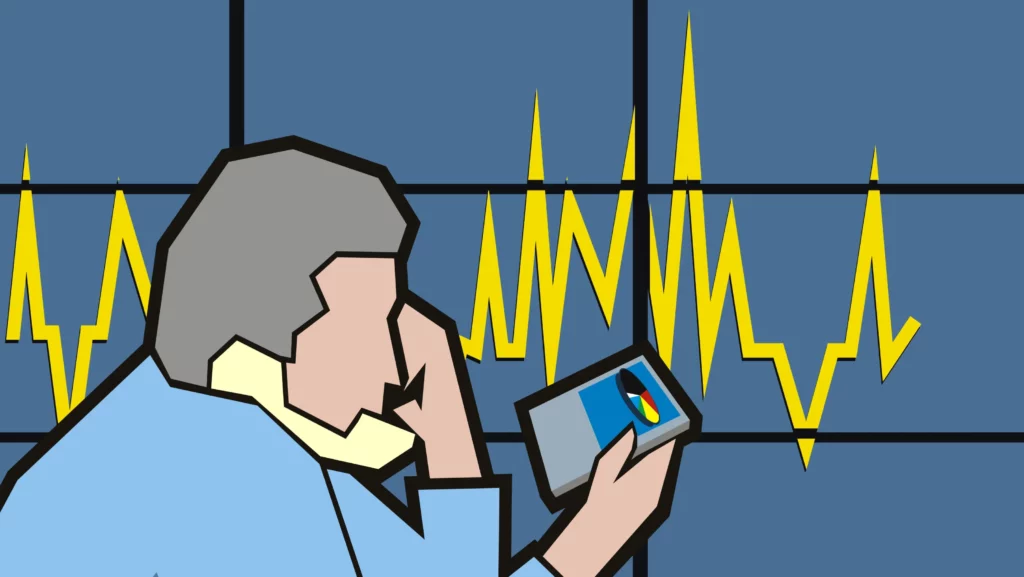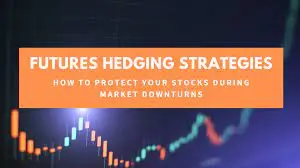Introduction
Basics of stock market
• Induction
• Bull call spread
• Bull put spread
• Call ration Back spread
• Bear call ladder
• Synthetic long & Arbitrage
• Bear put spread
• Bear call spread
• put ration back spread
• Long straddle
• Short straddle
• Max pain & PCR ratio
• Iron condor

1.1 Induction
Before we begin this module on options strategy, I would like to share with you an article I read in behavioral finance a few years ago. The title of the article was “Why winning is addictive.”
Here is the article written by B. Venkatesh, a consistent columnist for HBL:
To purchase and wager on a lottery ticket, a game you usually steer clear of because you know the chances of winning the jackpot are slim. If you do, however, win the ticket, you’ll probably feel pressured to continue purchasing lottery tickets in the future!
We behave similarly in terms of our investments as well. Why does this behavior occur? Our lives as humans are governed by anticipation. So both the anticipation of and fulfillment of a lottery win are exciting.
But according to neuroscience studies, dreaming about winning is more thrilling than actually succeeding! However, after experiencing the thrill of winning the lottery, you feel compelled to overeat. In other words, even though you know the odds of winning the second lottery ticket, your brain forces you to buy the first one.
The fact that we can lose money makes our experience of winning against such odds even more exciting! This is not so much true of lottery because a lottery is a game of chance while investments, we believe, require some degree of skill”
You might be wondering why I posted the aforementioned article at the start of this module. This article, however, takes some of my ideas a step further by putting them in the context of behavioral finance. One thing that I’ve noticed in all the conversations I’ve had with options traders, both seasoned and new, is that most of them view trading options as a hit-or-miss proposition. When one begins an options trade, there is always a sense of humor; however, many people are unaware of how fatal this naive humor can be.
Traders buy options (month after month) with the hope they would double their investment. Trading options with such a mindset is a perfect recipe for a P&L disaster. The bottom line is this – if you aspire to trade options, you need to do it the right way and follow the right approach. Else you can rest assured the gambling attitude will eventually consume your entire trading capital and you will end up having a short, self-destructive option trading career.
I do have to point out that the saying “limited risk, unlimited profit potential” is a silent P&L killer when it comes to options. This “theoretically correct” but practically disastrous fact disillusions new traders, who then slowly and steadily blow up their books as a result. As a result, in my opinion, trading options without a plan is a “dangerous but irresistible past time” (a quote from Pink Floyd).

1.2 – What should you know?
Only a small number of strategies must be thoroughly understood by you. Knowing these strategies makes it simple to map the current market (or stock) situation with the appropriate option strategy from your strategy quiver.
We will discuss some tactics while keeping this in mind.
Besides discussing the above strategies I also intend to discuss –
Max Pain for option writing – (some key observations and practical aspects)
Volatility Arbitrage employing Dynamic Delta hedging







